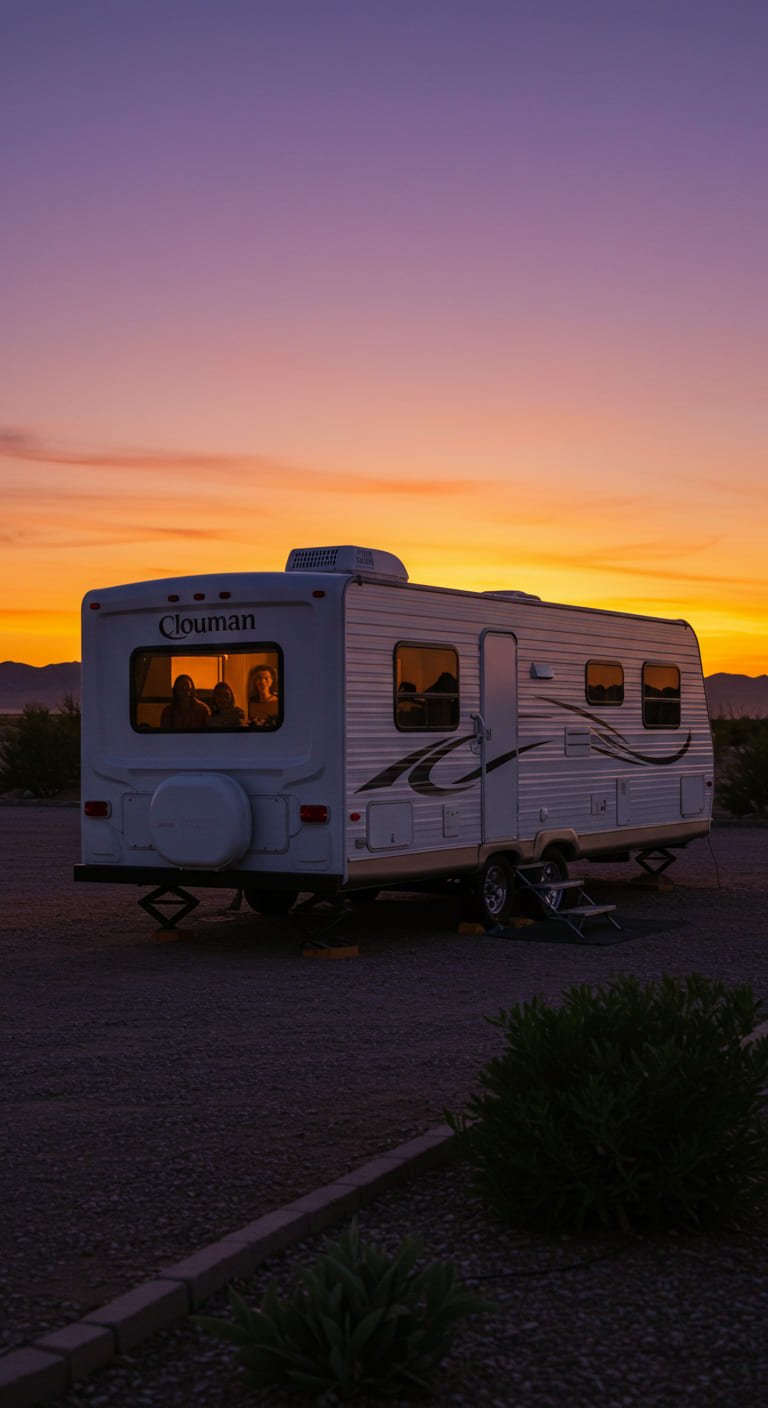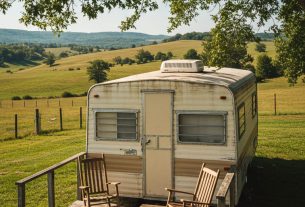When I first heard about modular homes, my imagination immediately conjured images of cramped spaces and flimsy walls. However, my curiosity led me to explore the reality behind these innovative structures. As I delved deeper, I discovered a world of possibilities, durability, and sustainability that challenged my preconceived notions. In this article, I will share my findings, insights, and reflections on the durability of modular homes, providing you with an in-depth understanding of their longevity and resilience.
The Rise of Modular Homes
Modular homes have gained significant traction in recent years, driven by advances in technology, changing consumer preferences, and a growing emphasis on sustainable living. Unlike traditional homes, which are built entirely on-site, modular homes are constructed in sections, or modules, in a factory setting. These modules are then transported to the building site and assembled, offering a unique blend of efficiency and quality.
Statistics reveal that the modular home market is expected to grow substantially. According to a report by Grand View Research, the global modular construction market is projected to reach $157 billion by 2023, registering a compound annual growth rate (CAGR) of 6.5%. This booming market indicates a shift in how we perceive housing and the potential for modular homes to become a mainstream option.
Understanding Durability: What Makes Modular Homes Strong?
As I began to investigate the durability of modular homes, I discovered several factors that contribute to their strength and resilience:
- Quality Materials: Modular homes are often built with high-quality materials that are sourced for their durability and performance. Manufacturers utilize advanced building techniques and adhere to stringent quality control standards.
- Engineering Standards: Modular homes are designed to meet or exceed local building codes, ensuring that they can withstand environmental stresses such as wind, rain, and snow.
- Controlled Environment Construction: Building modules in a factory setting allows for consistent quality and minimizes exposure to weather-related damage during construction.
- Efficient Assembly Techniques: The assembly process is streamlined, reducing the risk of construction errors that could compromise structural integrity.
In my research, I came across several case studies that illustrate the remarkable durability of modular homes. For example, a modular home constructed in the aftermath of Hurricane Katrina in New Orleans withstood the severe weather conditions while traditional homes in the area suffered extensive damage. This resilience highlights the potential of modular homes in areas prone to natural disasters.
Comparing Modular Homes to Traditional Homes
Throughout my exploration, I couldn’t help but compare modular homes to traditional site-built homes. Here’s what I found:
- Construction Time: Modular homes can be built in a fraction of the time it takes to construct traditional homes. While traditional homes may take several months or even years, modular homes can often be completed in weeks.
- Cost Efficiency: The factory construction process reduces labor costs and waste, making modular homes a more affordable option for many buyers.
- Energy Efficiency: Many modular homes are designed with energy-efficient features, including high-quality insulation and energy-efficient windows, which can lead to lower utility bills over time.
- Customization Options: Contrary to the belief that modular homes offer limited design choices, many manufacturers provide extensive customization options, allowing buyers to create a home that meets their unique needs.
Through my comparison, it became evident that modular homes offer several advantages over traditional homes, particularly in terms of construction time and cost efficiency. However, the question of durability remained at the forefront of my mind.
The Impact of Weather on Modular Home Durability
One of the most significant concerns regarding any home is its ability to withstand harsh weather conditions. I delved into various studies and expert opinions to assess how modular homes hold up against the elements:
- Wind Resistance: Modular homes are built to handle high winds. Many manufacturers design their homes to meet or exceed the wind resistance requirements set by local building codes, particularly in hurricane-prone areas.
- Snow Load Capacity: Depending on the region, modular homes can be engineered to support significant snow loads, ensuring safety during winter storms.
- Flood Resilience: Some modular homes are designed with elevated foundations to reduce the risk of flooding, making them suitable for areas prone to water damage.
In one compelling case, I found that a modular home in a flood-prone area of Texas was built on piers and designed to remain above flood levels. When a significant flood occurred, the home sustained minimal damage compared to traditional homes in the vicinity. This real-world example underscored the potential for modular homes to thrive even in challenging climates.
Longevity and Maintenance: A Closer Look
As I continued my investigation, I pondered the longevity of modular homes. How do they age over time? How much maintenance do they require? Here are my insights:
- Quality Construction: Many modular homes are constructed with durable materials that can last for decades, similar to traditional homes.
- Regular Maintenance: Like any home, modular homes require regular maintenance to ensure their longevity. Simple tasks such as checking for leaks, maintaining the roof, and servicing HVAC systems can significantly extend a home’s lifespan.
- Warranties: Many modular home manufacturers offer warranties that cover defects in materials and workmanship, providing additional peace of mind for homeowners.
During my research, I discovered that a modular home built in the early 2000s has remained in excellent condition, with only minor updates needed over the years. This example demonstrated that, with proper care, modular homes can indeed stand the test of time.
Sustainability: A Key Factor in Modular Home Durability
As sustainability continues to be a pressing concern for many homeowners, I found it essential to examine how modular homes contribute to a greener future. Here are some sustainability aspects that enhance the durability of these homes:
- Reduced Waste: The factory construction process minimizes material waste, making modular homes a more environmentally friendly option.
- Energy Efficiency: Many modular homes come equipped with energy-efficient appliances and systems, reducing energy consumption and lowering utility bills.
- Sustainable Materials: Manufacturers often use sustainable materials, such as recycled steel and eco-friendly insulation, in the construction of modular homes.
In one case study, a modular home built with sustainable materials received high praise for its energy efficiency, achieving a LEED certification. This recognition reflects the growing trend of sustainability in modular construction, which not only benefits the environment but also enhances the durability and lifespan of the home.
The Future of Modular Homes: Trends and Innovations
As I reflected on the current state of modular homes, I couldn’t help but wonder what the future holds. Several trends and innovations are shaping the industry:
- Smart Home Technology: Many modular homes are now being built with smart technology, integrating energy-efficient systems and automation for improved comfort and efficiency.
- 3D Printing: The advent of 3D printing technology is revolutionizing modular construction, allowing for quicker and more cost-effective building processes.
- Increased Customization: As consumer preferences evolve, manufacturers are offering more customization options, allowing buyers to personalize their homes further.
These trends suggest that modular homes will continue to adapt and evolve, further enhancing their durability and appeal to a broader audience.
Join the Conversation: Your Thoughts Matter
As I wrap up my exploration of modular homes, I invite you to join the conversation. Have you considered a modular home? What are your thoughts on their durability and sustainability? Sharing your experiences and insights can help others make informed decisions.
FAQ: Common Questions About Modular Homes
1. How long do modular homes last?
With proper maintenance, modular homes can last as long as traditional homes, often exceeding 50 years or more.
2. Are modular homes energy-efficient?
Yes, many modular homes are designed with energy-efficient features, leading to lower utility bills and a reduced environmental impact.
3. Can I customize a modular home?
Absolutely! Many manufacturers offer extensive customization options, allowing you to design a home that fits your needs.
4. How do modular homes fare in extreme weather?
Modular homes are built to meet local building codes, making them capable of withstanding harsh weather conditions, including high winds and heavy snow loads.
Conclusion: The Future is Bright for Modular Homes
In my journey of exploring modular homes, I have come to appreciate their durability, sustainability, and efficiency. These homes are not merely a passing trend; they represent a significant shift in how we approach housing. As technology continues to advance and consumer preferences evolve, I firmly believe that modular homes will play a pivotal role in the future of construction.
If you found this article insightful, I encourage you to sign up for our newsletter for more information and updates about modular homes. Share this article with friends and on social media to spark conversations about the future of housing. Together, we can explore the exciting possibilities that modular homes offer!
SEALIGHT H11 H16 H8 LED Fog Light Bulbs, 12,000 lumens 6500K White H16 H8 LED Fog Lights or Daytime Running Lamp, Interior Lighting, Pack of 2
$16.18 (as of November 16, 2025 07:53 GMT -03:00 - More infoProduct prices and availability are accurate as of the date/time indicated and are subject to change. Any price and availability information displayed on [relevant Amazon Site(s), as applicable] at the time of purchase will apply to the purchase of this product.)
Sign up for our newsletter and stay up to date with exclusive news
that can transform your routine!





